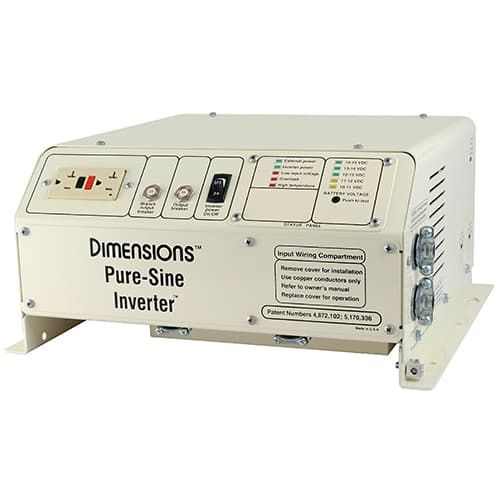BINGO! I don't know why people are so slow to embrace 50 volt parts for higher power applications in the vehicle. They simply don't understand how easy it could be to get 50 volts, regulated from any old alternator that was capable of powering a similar sized 2879 amplifier. You don't really needs batteries either.Its has (2) 2290's driving (12) 2879's. AB biased. Probably.going the 48vdc route for a mobile driver.. Let's embrace the new technology.
Don't think it's worth fixing.
Take an old school Lecce Naville for example. They all have 3 phases of about 15 volts AC coming out prior to rectification. You could easily get in front of those rectifiers and isolate all 3 phases of the windings on the stator. Once they are isolated, they can be individually rectified and filtered with electrolytics. They can now be wired in series with the first one referenced to ground and used to drive the sensing line to the regulator. The alternator should be wired and keyed like it was feeding an AC box.
In other words the field should be deenergized BEFORE the amplifier is unkeyed in order to prevent a voltage spike when the load is removed. That would be very critical with these transistors and the first thing I would do is build a sequential keyer that kept the TX on for a split second after the mic was released and the field switched off.
The field can be turned on at the same time the amp is keyed but residual magnetism in the rotor is usually not enough to quickly get the voltage up where it needs to be when starting under load. The trick to that is to simply "pulse" an external voltage into the field, through a resistor and diode, from the stock battery. Even better is using a cap that was just charged in receive through your control relay. The resistor should supply just enough current to get the voltage to start. Any more and it will cause a voltage spike when it's current exceeds that of the regulator.
For the price of a zener diode and a few paralleled SCR's, I would add a "Crowbar Circuit" across the output of the 3 series wired electrolytic banks and AFTER an appropriate fuse just to make sure a spike never gets to the expensive transistors. You can't take this for granted like you might with a less fragile tube. This should not be used on SSB without batteries because the load fluctuates too much to maintain proper voltage regulation. AM works well with just electrolytics and a reasonable carrier to PEP ratio. Without batteries or an unusually large bank of caps, you will need to maintain RPM's just like an AC box.
Everything mentioned above has already been done way back in the 1980's. The only difference is the voltage is a little higher than what I used back then. This is why phase isolation is required with separate rectification and filtering before the voltage can be wired in series and set at 48 volts. Reference only the first cap in the string to ground and use its output as the regulator sense line. If the regulator is not adjustable or does not have enough range, just start stacking some 10 amp barrel diodes in series with the sense line until you get to 48 volts.
Last edited:

